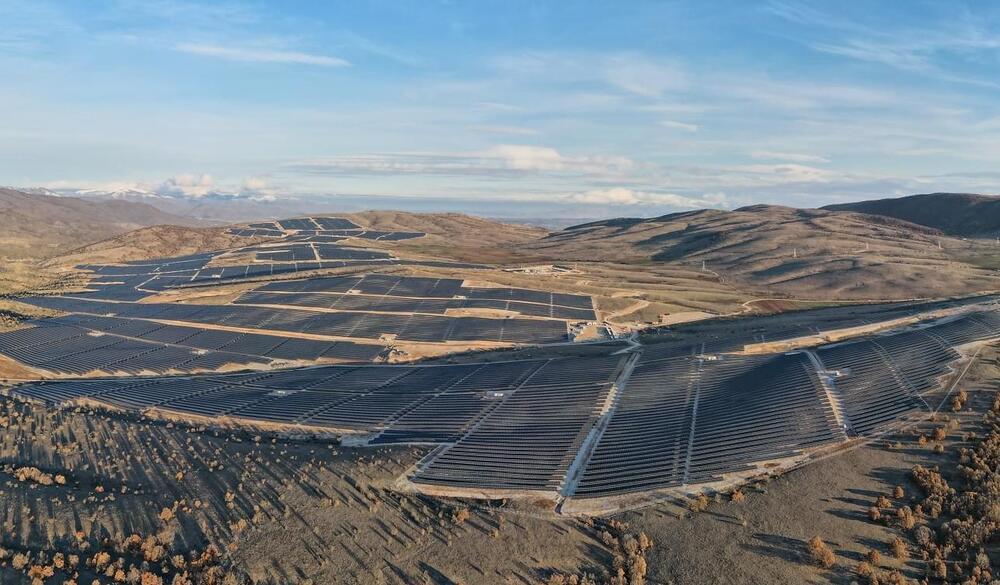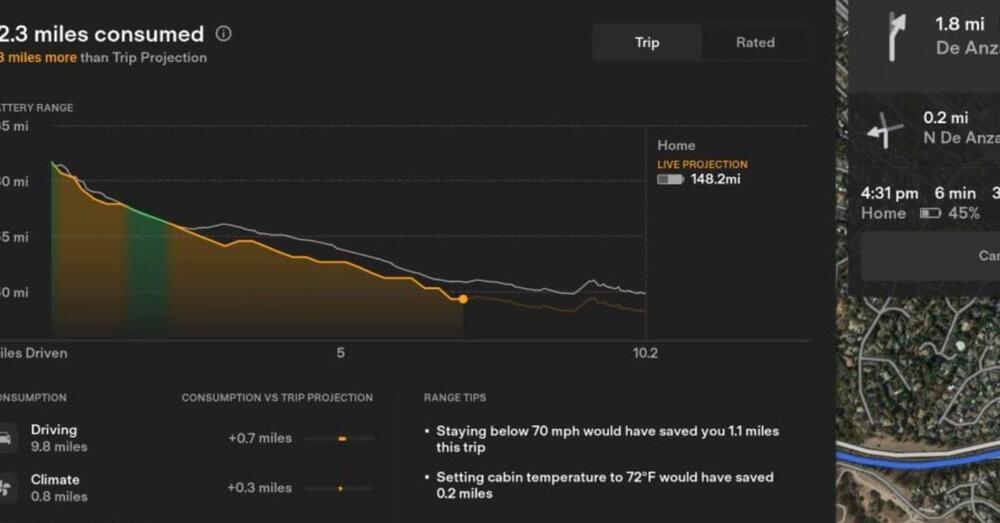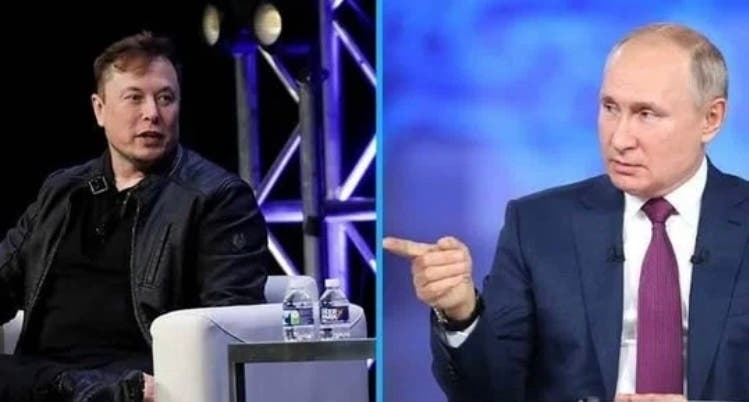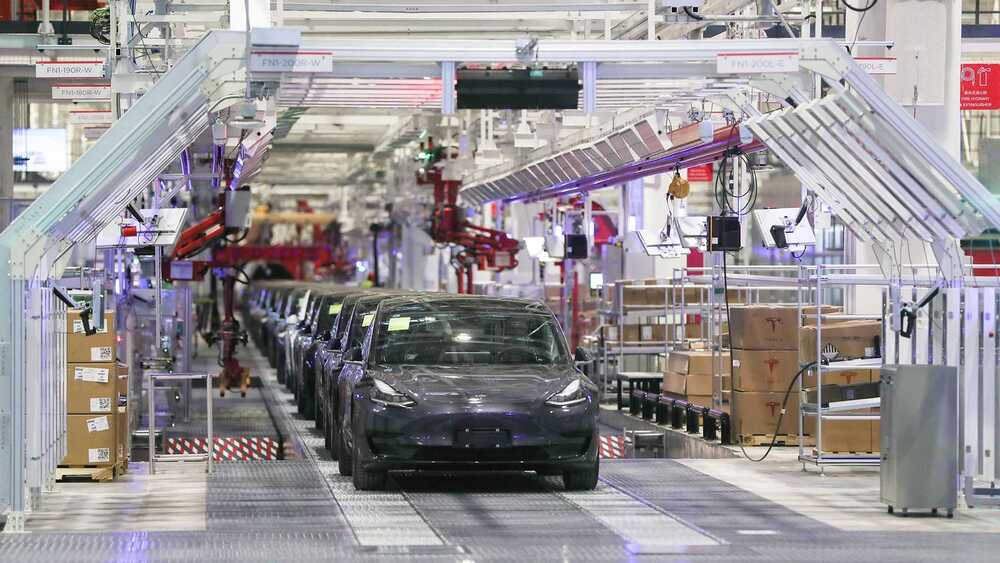Greece was entirely powered by renewables for the first time in its history last week, according to the country’s independent power transmission operator (IPTO).
On Friday (7 October), for a period of around five hours, the country was running off entirely renewable power, reaching a record high of 3,106MWh at eight o’clock (GMT).
“For the first time in the history of the Greek electricity system, the demand was covered 100% from renewable energy sources,” its IPTO wrote.








